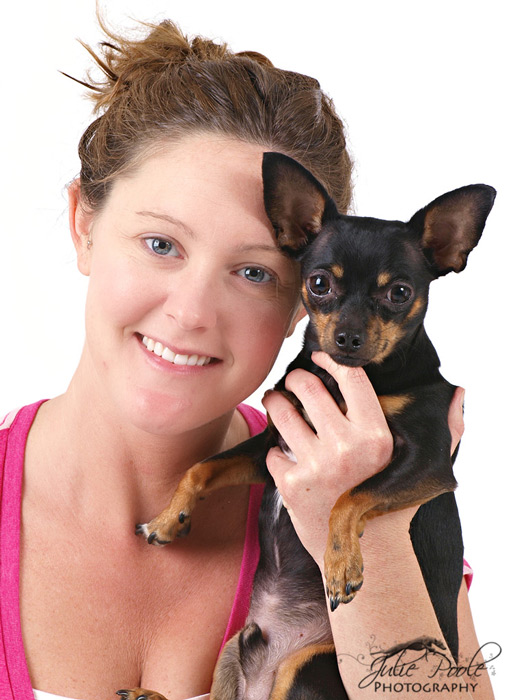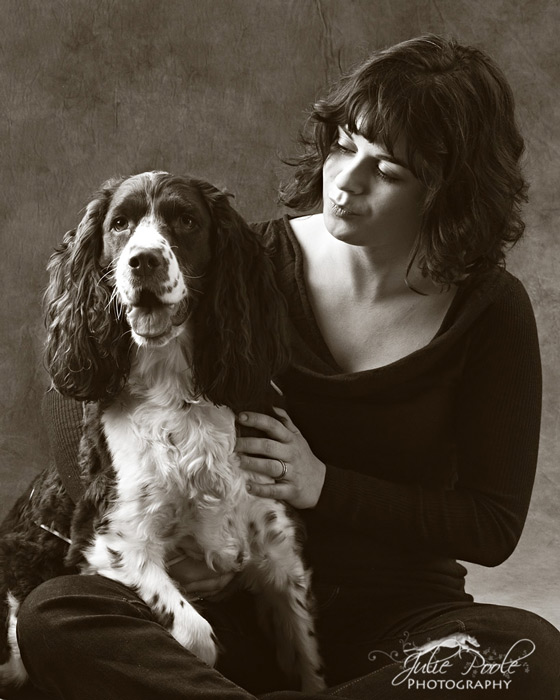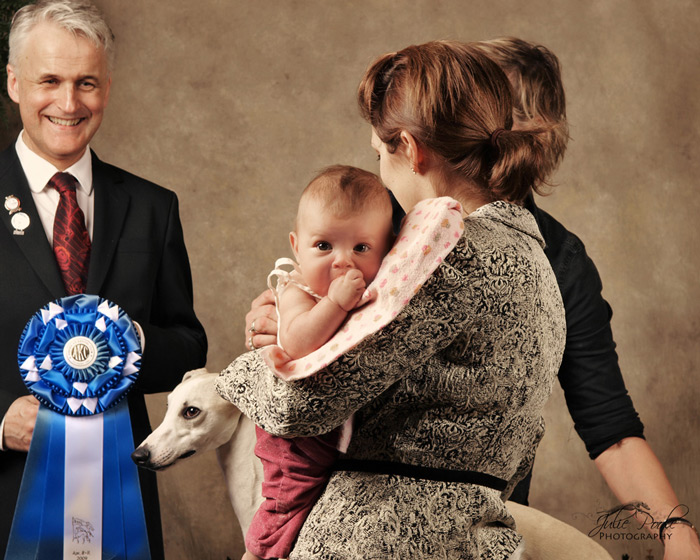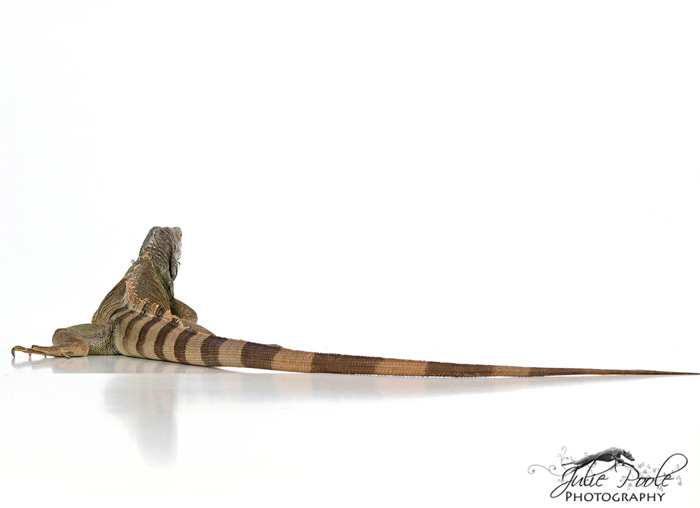Part III: The Shoot
JM: Where does most of your work occur, in your studio or on location?
JP: It is about 50/50.
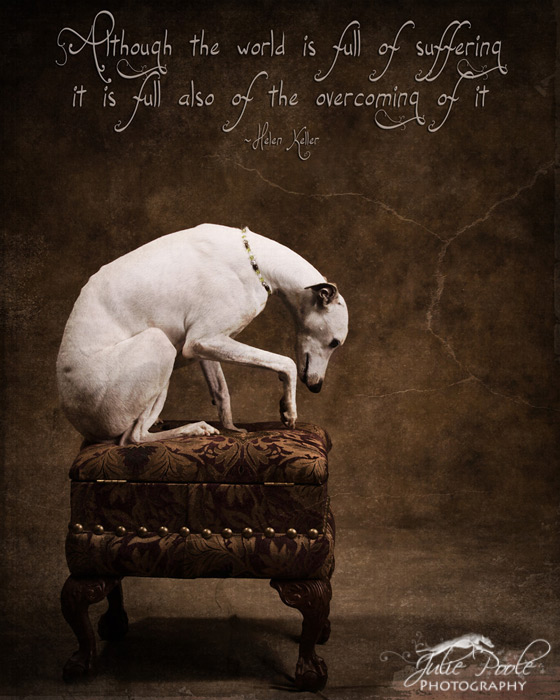
JM: Do you prefer studio lighting or outdoor lighting? Why?
JP: I like them both equally. Studio lighting is easier to control, time and weather have no impact on them. Outdoor sessions have more variables and usually more dynamic. It just depends on what the client is looking for at the time. When I work outdoors, it is natural light with reflectors and in the studio, it is strobes.
JM: Would you please talk about your photographic set-up?
JP: Honestly, it depends. I have a full studio with a backdrop system, a paper system I put together and a couple of other shooting areas in the space.
JM: I am floored by the post processing that you did in many of the photos. They almost look like drawings. Would you care to share how you post processed them?
JP: Thank you. They are simple texture overlays. Learning to post process is an important part of making an image come alive. It is the post processing that brings the images to what I see in my mind.
Having said that, I think a lot of people use textures at this point and its a bit technical and boring. I don't do it with all my photos, only some of them and really most of the things I do I do so because the picture calls for it. Its why I don't outsource my editing. I think there are plenty of people who can edit better than I, but, then half of the artistic vision would be lost, or be someone else's.
JM: Do you work with a handler?
JP My dog show clients usually have handlers and there are times I hire a dog wrangler for large promotions. As a rule, I just usually have the owner help me.
JM: A special thanks to Julie Poole for sharing her thoughts with us during this interview. To learn more about Julie and her work, go to:
http://juliepoole.com/ 